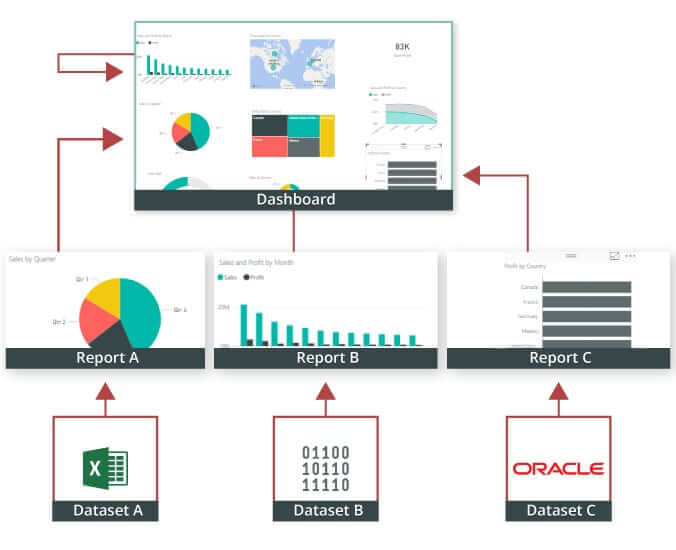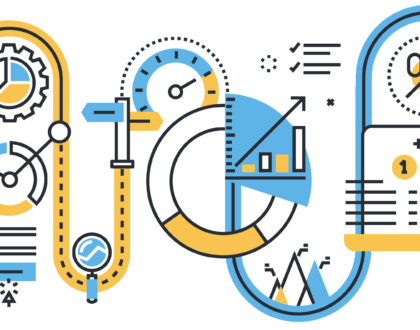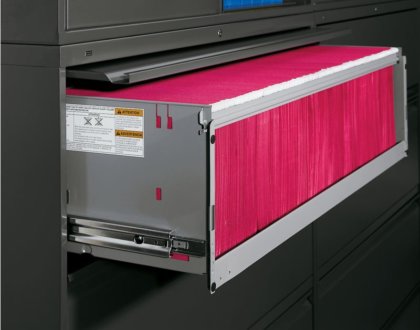General Overview of Dashboards & Scorecard

by
Dashboards and Scorecards are common tools used in business intelligence for supporting performance management. They are usually used for similar purposes and can be used at the same time but their functionalities differ. When choosing a dashboard or scorecard, one should consider the purpose of use, types of data to be monitored, and the focus on long term and strategic versus more immediate goals. Use of visualization and key metrics in both tools are common thus confusing some people on their similarities but they aim to do different functions
A data dashboard is an information management tool that visually tracks, analyzes and displays key performance indicators (KPI), metrics and key data points to monitor the health of a business, department or specific process. They are customizable to meet the specific needs of a department and company. Behind the scenes, a dashboard connects to your files, attachments, services and API’s, but on the surface displays all this data in the form of tables, line charts, bar charts and gauges. A data dashboard is the most efficient way to track multiple data sources because it provides a central location for businesses to monitor and analyze performance. Real-time monitoring reduces the hours of analyzing and long line of communication that previously challenged businesses.
A Scorecard constitutes the concept on managing metrics and using visualizations while combining this task with overall strategic goal alignment. Generally, the scorecard will combine an organization’s overall vision and business strategy by monitoring key metrics based on financial information, customer, general business processes and the overall desired growth. In essence, scorecards can be said to integrate application use with the concepts of dashboards. This means integrating the ability to keep track of execution activities by providing a framework that supports general management functions. In most cases, scorecard information can be entered or changed within the scorecard to constantly update what is occurring within the organization, while at the same time making sure that the actual numbers and goals set are reconciled to one another.
The differences in dashboard and scorecards are few. Dashboard basically is used for performance measurement/monitoring thus measures performance while the scorecards are used for performance management thus measures progress (the current value versus the target value). Dashboards also focuses on operational goals- short term and its updated in real time. A scorecard focuses on strategic goals- long term and its updated periodically usually monthly.
The performance scorecard is often confused with the dashboard. The main difference between the two is that a dashboard, like the dashboard of an automobile, indicates the status at a specific point in time such as the current speed and the fuel level; a scorecard, on the other hand, might be the GPS of an automobile that provides information about the current position and the time one needs to get to the destination thus displays progress over time. Usually when one drives from point A to point B one uses a GPS only but if something happens to the automobile the first place to check is the dashboard.
In conclusion same concept of the example of an automobile can be used in businesses where the dashboard gives a high level idea of what is happening to the company or business whereas the scorecards plans and executes a strategy, identify why something is happening and what can be done about it.




